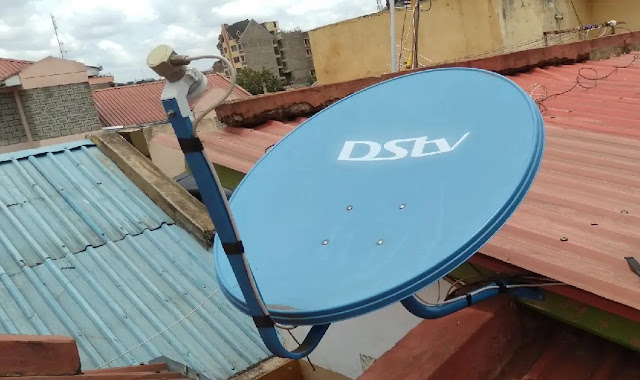by Thinus Ferreira
From Monday 7 April after the end of Isiphetho, e.tv is changing the channel's primetime line-up, as well as the programming line-up of eExtra, with the Afrikaans telenovela Kelders van Geheime moving to the plum timeslot of 18:30.
From this coming Monday the KFilms-produced Kelders van Geheime will move from 18:00 to 18:30, with its second season starting a month from now on Monday 5 May.
With the 18:30-gap left by Isiphetho, both the e.tv and eExtra line-ups are staggered half an hour later. Dubbed telenovela Annekan Die Swa Kry at 17:00 on e.tv and eExtra moves to 17:30, with Kelders van Geheime at 18:30.
On e.tv House of Zwide, produced by Bomb Productions and Videovision Entertainment, remains at 19:00, with Ochre Moving Pictures' Scandal! that remains at 19:00 and the e.tv News that remains at 20:00.
On eExtra (DStv 195 / Openview 105) the dubbed Gelukbringers moves from 18:30 to 19:00, Doodsondes moves from 19:30 to 20:00 and Op Dun Ys moves from 20:30 to 21:00.
The new e.tv primetime line-up will now look like this:
16:30 Gelukbringers (until now at 16:00)
17:35 Annekan Die Swa Kry (until now 17:00)
18:30 Kelders van Geheime
19:00 House of Zwide
19:30 Scandal!
20:00 e.tv News
20:30 The Kingdom - Ukhakayi
21:00 Smoke & Mirrors
21:30 Isitha: The Enemy
22:00 Gold Diggers
About the Kelders van Geheime timeslot change, Vuyelwa Booi, e.tv's head of local programming, says "We hope that this timeslot will be a better fit for lovers of Kelders as a lot of viewers have been asking for it a month after the show started airing in 2024".
"With Isiphetho coming to an end on Friday, 4 April it seems to be the best time for this change."
Helga Palmer, e.tv's head of content development and strategy, says "Kelders van Geheime is a hit with viewers and this timeslot change gives them a chance to settle in comfortably before the drama kicks off".
































